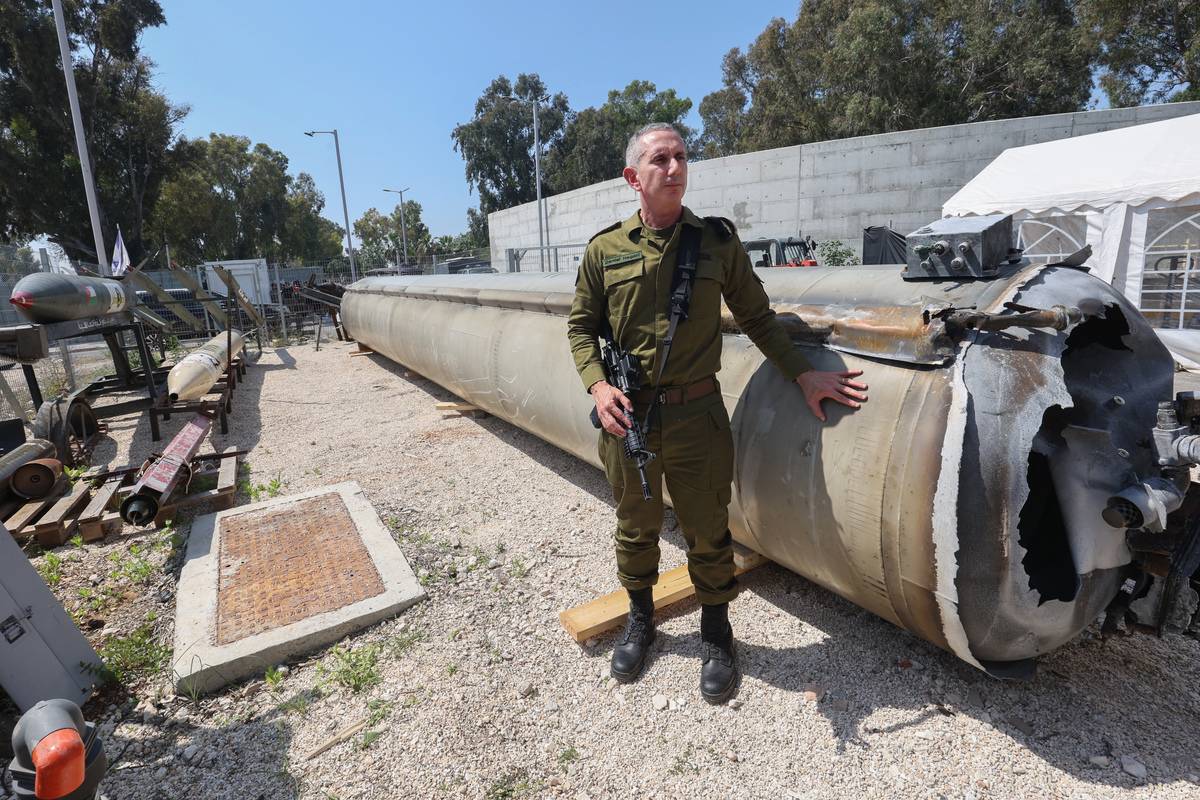Pakistan, June 22 — Iran launched a powerful missile and drone assault on Israel early Sunday in direct response to U.S. airstrikes on its nuclear facilities. Explosions rocked major cities like Tel Aviv and Haifa, with air raid sirens blaring across more than 400 Israeli towns. Israel’s air defense systems responded swiftly, but several missiles struck key locations, leaving multiple people injured and causing serious damage.
Iranian state media confirmed that the Islamic Revolutionary Guard Corps (IRGC) led the retaliation, firing long-range Ghader-F missiles and drones at 14 strategic targets. These included an Israeli airbase, military software centers, the headquarters of Rafael Advanced Defense Systems, and the Israeli Cyber Command. The IRGC described the operation as one of its most successful yet.
According to Arab media reports, between 20 to 40 ballistic missiles were launched in the attack, many of which hit buildings in major Israeli cities. Israeli officials confirmed damage at 10 important sites and reported several casualties. In Tel Aviv and Haifa, residents described hearing loud blasts and seeing flames rise from multiple impact zones.
Tolong support kita ya,
Cukup klik ini aja: https://indonesiacrowd.com/support-bonus/
This retaliation follows U.S. airstrikes ordered by President Donald Trump on Iran’s nuclear sites in Fordow, Natanz, and Isfahan. Trump called the strikes a “spectacular military success,” claiming Iran’s key nuclear capabilities were “completely obliterated.” He warned that the U.S. was prepared to strike again unless Iran chose peace.
In preparation for such attacks, Iran had already evacuated its nuclear sites, minimizing the potential for radioactive harm. Still, tensions in the region have reached dangerous new heights. While the U.S. insists it seeks no regime change, Iran’s sharp response suggests the conflict could widen rapidly.
Global leaders have expressed deep concern, calling for restraint on all sides. With both nations trading heavy fire and diplomacy failing, fears of a broader Middle East war are growing by the hour.







